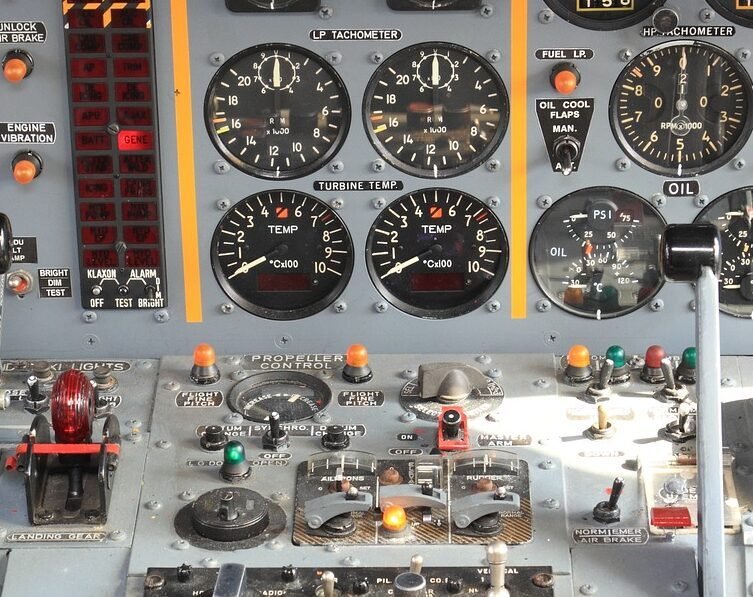Air Traffic Control Assistant Basic Induction
Join us at Aviakm and take the first step towards a rewarding career in Air traffic control, where precision, safety, and efficiency are paramount
Air Traffic Control Assistant Basic Induction
Course Objectives
- Identify ICAO publication contents.
- Explain basic weather principles.
- Identify meteorological information such as warnings, forecasts, and METAR reports.
- Identify basic aerodynamic forces.
- Explain the characteristics and uses of aircraft instrumentation.
- Identify aircraft weight and operating categories, recognition features, and designators.
- Explain the navigational tools used by pilots.
- Identify basics of Air Navigation.
- Describe the differences/similarities between Radio and Satellite Navigation.
- Identify ATS responsibilities and procedures as outlined in Rules of the Air.
- Identify Airspace Management and classifications.
- Identify the information and differences/similarities between IFR and VFR.
- Identify how ATC clearances are applied for different phases of flight.
- Identify vertical, lateral, and longitudinal separation minima in air traffic control.
- Identify emergency categories and assistance procedures.
- Identify the main principles of Cartography and Aeronautical Charts.
- Explain the purpose of the main Aeronautical Charts such as the Aerodrome chart, En-route chart, Instrument Approach chart, and SIDs and STARs charts.
- Identify the elements of instrument navigation and instrument approach procedures.
- Understand basic aviation phraseology.
- Explain how the AFTN system works.
- Identify the main principles of AIS, format, and content of AIP, NOTAM, FPL, and RPL and the responsibilities for handling them.
- Identify types, methods, and priorities of coordination in Civil Aviation.
- Identify the purpose and format of, and procedures for processing and preparing, Letters of Agreement.
Course Content
-
Module 1:
- Course Overview.
-
Module 2:
- Introduction to Aviation.
-
Module 3:
- Introduction to Meteorology
- Aviation Weather and Forecasts
-
Module 4:
- Theory of flight.
- Basic Aerodynamics
-
Module 5:
- Aircraft Characteristics and Recognition
-
Module 6:
- ICAO
- Overview of ICAO Publications
-
Module 7:
- Basic Air Navigation
- Radio and Satellite Navigation
-
Module 8:
- Rules of the Air
-
Module 9:
- Aerodrome Layout/Markings
- Signs and Aerodrome Lighting
-
Module 10:
- Introduction to Air Traffic Services (ATS).
-
Module 11:
- Introduction to Separation
-
Module 12:
- Introduction to Aeronautical Information Services (AIS)
- Aeronautical Information Publication (AIP)
-
Module 13:
- Introduction to Aeronautical Communication Services (COM)
-
Module 14:
- The main concepts of Cartography
- Map Reading
-
Module 15:
- Introduction to Aeronautical Charts
- En-route Chart
- Aerodrome Chart
- Instrument Approach Chart
- SIDs and STARs Charts
-
Module 16:
- Introduction to Airspace
- Airspace Management
- Controlled Airspace
-
Module 17:
- Altimeter Sitting
- System of Level
-
Module 18:
- Air Traffic Control Communications
- Overview of Clearances
-
Module 19:
- Co-ordination
-
Module 20:
- Letters of Agreement (LOAs).
- Standard Operating Procedures (SOPs)
Course Duration
Theoretical &Practical
Who Should Enroll:
People interested in Civil Aviation, mainly the Air Traffic Control profession.
Prerequisite
The Trainee should have a university or a high school degree.
Training Strategy
- Lectures.
- Class Discussions.
- Role Playing.
- Case study.
- Demonstration.
- Audio/Video.
- Group work.
Training Aids
- White Board and Markers
- PC or Laptop with internet connection
- Data show and Laser pointer
- PowerPoint Presentation and CD
Materials
- Trainee Manual, and Trainer Handout.
Join Us Now & Get Free Training
Enroll today and receive complimentary training to kickstart your aviation career with top-notch education and resources.
Other Courses ===
Discover Our Courses
Discover our extensive selection of aviation programs, crafted to equip you with the skills and knowledge needed for success in the aviation industry.

Air Traffic Services
Advance your skills and knowledge with our tailored courses for aspiring and current professionals

Airport Management
Develop the leadership and operational skills required to manage modern airports.


Aviation Security
Master the critical aspects of protecting airports and aircraft with our Aviation Security courses

Aeronautical Information Services
Gain expertise in managing and disseminating essential aeronautical information.

Aeronautical Information Services
Gain expertise in managing and disseminating essential aeronautical information.
